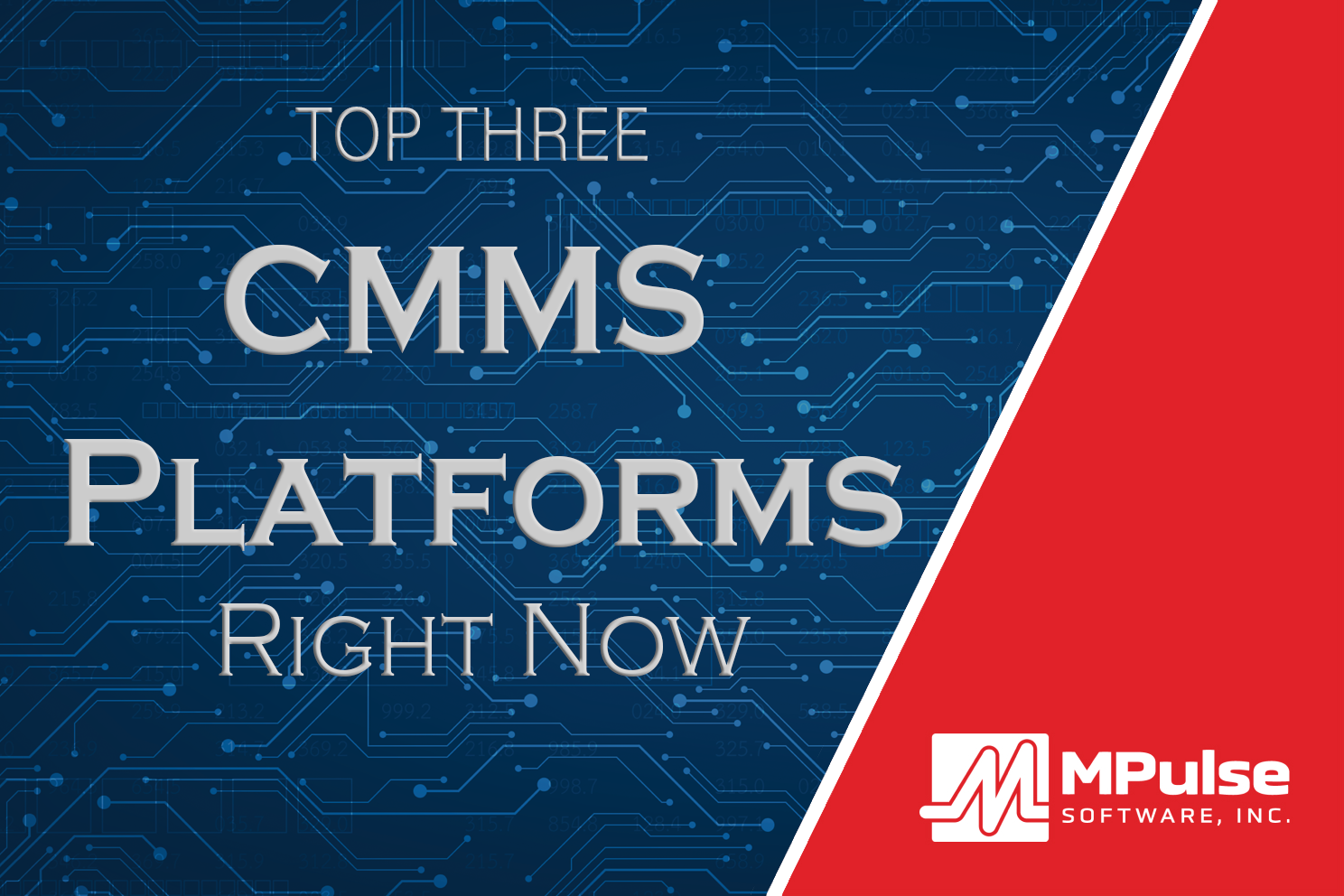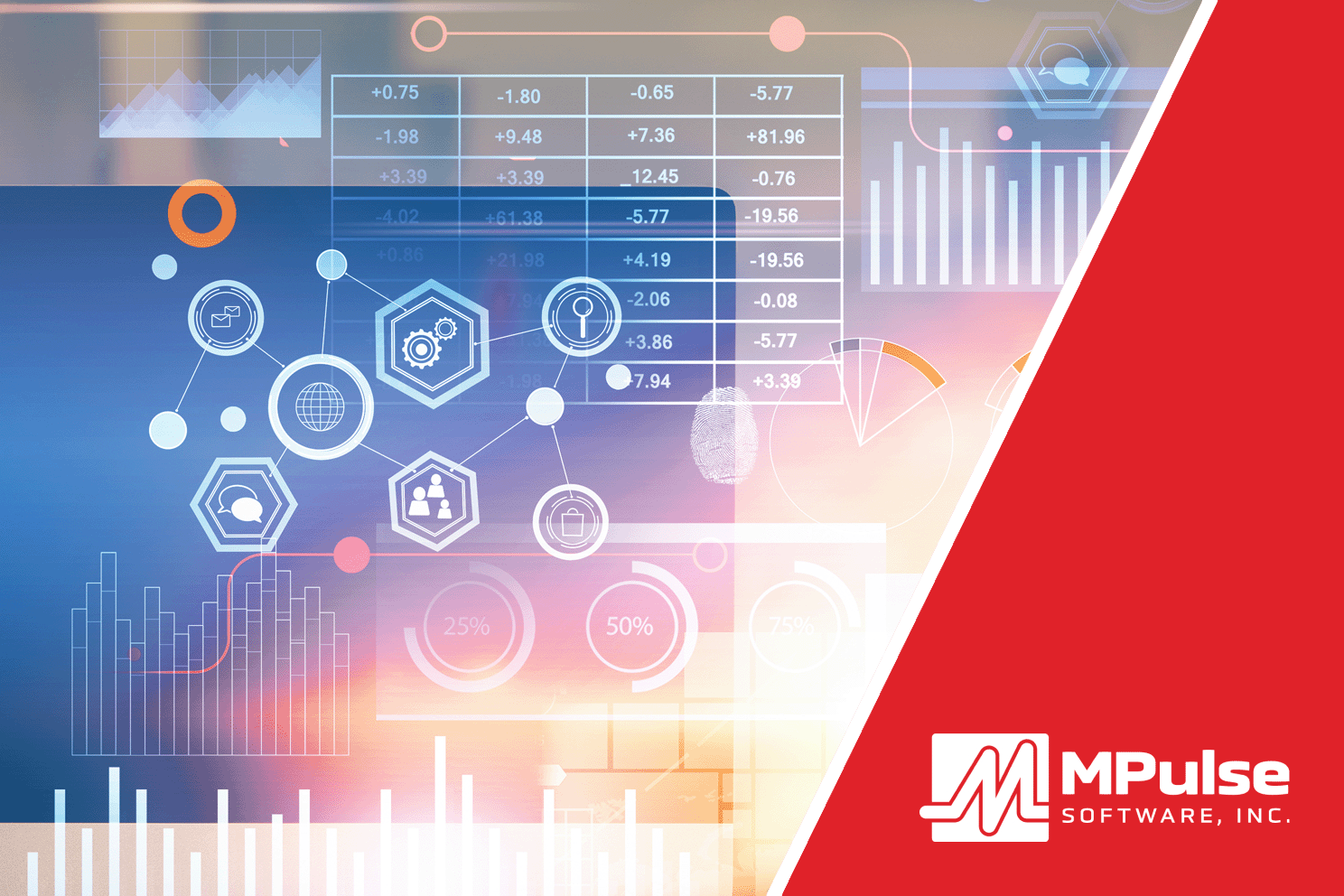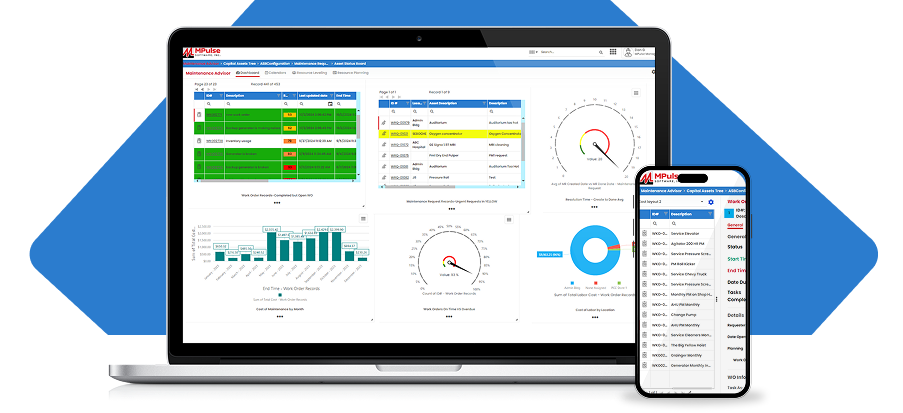If you’re shopping for CMMS software, narrowing the field to three solid contenders makes the decision a lot easier.
These top three CMMS platforms each bring different strengths to the table. Which one you pick depends on whether you prioritize depth of features, ease of use, or speed of adoption.
Let’s walk through what each does best, who it’s best for, and the pricing highlights you’ll want to know.
Table of Contents
#1: MPulse CMMS
MPulse positions itself as a mature CMMS for teams that need comprehensive preventive maintenance scheduling, detailed work-order workflows, inventory and vendor tracking, and strong reporting. Additionally, the product emphasizes adaptability across devices and offers tiered packages that scale from small teams to enterprise setups. MPulse also highlights a long track record and thousands of customers using its platform.
On pricing, MPulse publishes a Professional edition price point intended for small to midsized organizations. Their published per-concurrent-user figure is intended as a baseline though enterprise needs. MPulse provides implementation and training services designed to streamline and accelerate the rollout process.
If you have complex equipment hierarchies, compliance reporting needs, or want deeper labor and vendor controls, MPulse is built for that flexibility.
Who Should Consider MPulse
MPulse is a great choice for facilities or manufacturing teams that need tried-and-true CMMS capabilities and good software support. Customers are typically ready to invest in configuration, training, and reporting to squeeze operational gains.
- Focus: A long-established platform with broad functionality.
- Strengths: Covers core CMMS needs such as work orders, preventive maintenance scheduling, asset tracking, and reporting. Its depth makes it suitable for complex maintenance environments.
- Customer Service: Support is structured and formal, with options for training and consulting. Customers have the option to add dedicated account management.
- Best Fit: Organizations or facilities with established processes that need a system capable of handling detailed workflows.
- Pricing: Structured in tiers (Professional, Advanced, Enterprise), with costs typically provided through quotes.
#2: Limble
Limble focuses on making maintenance simple and fast for teams that want mobile apps, dashboards, and asset histories. Limble often touts itself as highly rated for ease of use and places emphasis on unlimited assets and user-friendly work order management. These features can help small to medium teams adopt quickly and get measurable uptime wins.
Pricing for Limble includes tiered plans (including a Standard plan in the low-to-mid tens of dollars per user per month and higher tiers for expanded inventory, analytics, and advanced features). They also provide a calculator to estimate pricing based on user counts and required modules.
#3: MaintainX
MaintainX is built around the frontline user: quick work-order creation from mobile devices, checklists and SOPs for technicians, QR/barcode scanning for assets, and simple inventory controls. Lately MaintainX has emphasized AI-driven suggestions to help reduce unplanned downtime, alongside a limited freemium model that lets small teams start for free and upgrade as needs grow.
MaintainX’s pricing structure includes a free/basic tier and paid plans that add preventive maintenance scheduling, condition-based triggers, and expanded parts and permissions features. That makes it suitable for smaller sites, multi-location franchises, or operations teams that want a modern interface and lower friction to get started.
The Right CMMS for Your Team
The right CMMS depends on factors such as your team size, the complexity of your assets, your available budget, and how quickly you need to see results. A small maintenance crew managing a handful of critical machines will have very different priorities than a multi-site operation with thousands of assets and a dedicated reliability team.
To make the evaluation process manageable, start by identifying your top three “must-have” capabilities. These should be the features that directly impact your day-to-day operations. For example, the ability to set preventive maintenance schedules, track and control spare-parts inventory, or ensure technicians can access work orders offline when connectivity is limited.
Once those priorities are clear, schedule short demos with each vendor and keep the focus tightly on those use cases. This approach helps you see how the system performs in the areas that matter most.
Have questions? We can help. Contact us.





